That was the introduction from Adrian Tinniswood on Tuesday night as he took the audience of St Brides through the tale of the great fire of London. In a context of war with the Dutch, and a strong gale from the south-east, the city began to blaze in the early hours of Sunday 2nd September. As is well known, the fire began at a bakery on Pudding Lane, which is today marked by the Monument.
If the date [1666] wasn’t enough to put everybody on edge that year, there had also been sightings of blazing stars and an eclipse, so no wonder the people of London were suspicious. Hours after the fire began, the rumour mill started to turn. The blame was firmly set at the owner of the bakery, who was wrongly assumed to be a Dutchman. Cue the angry mob who decided that anyone who “seemed” to be a foreigner was subject to, in some cases, rather violent assault. Distracted by the angry mob and the emerging refugees, those in authority seemed to have tasked themselves with everything except extinguishing the fire, even the sole fire engine managed to slide into the Thames.
The fire went on to destroy 13,200 houses, 400 streets and squares and 80% of the city. It also ruined the dinner plans of Samuel Pepys.
But what does it mean for us in 2016? Today, as in 1666, we might say that those in authority concern themselves with tangential matters, whilst the flames continue to engulf the foundations of our society.
At the time of the fire, London was the 2nd largest city in Christendom. Now, it is the largest city in the European Union [at least for the next week]. But despite it’s size, the rebuilding of the city centre occurred incrementally, house by house. Even though several (Tinniswood suspects 70-80) designs for the re-planning of the City Centre were put forward, London didn’t get its Haussmann moment. At the time of the fire, most properties were inhabited by tenants, with absentee landlords. Today, it is expected that 60% of Londoners will rent by 2025. In 1666, and as soon after the fire as was possible, the tenants re-built their homes with their own hands, and the help of their neighbours. Would the London of today react in this way?
As for Wren’s churches, they were funded through poll tax, and by generous donations from the congregation. And the order of their construction? This was, allegedly, determined by the size of the wadge of cash you handed over to Mr Wren.
Finally… however hard you may think Sadiq Khan’s new position is, spare a thought for poor Thomas Bloodworth, Mayor of London between October 1665 to October 1666, he not only had to contend with the plague, but also had to deal with the fire, which the history books tell us he botched up spectacularly.

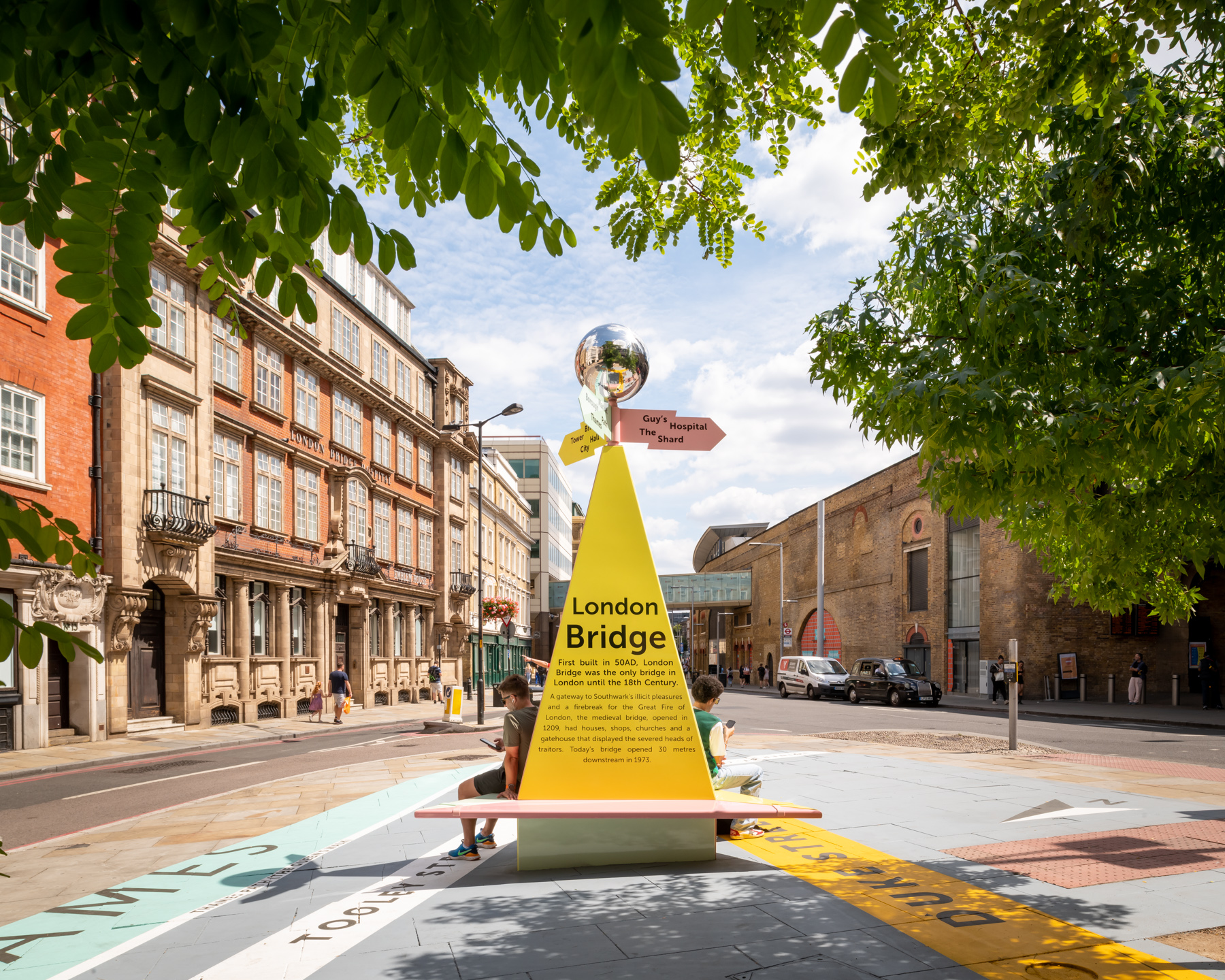 COMPETITION
|
COMPETITION
|
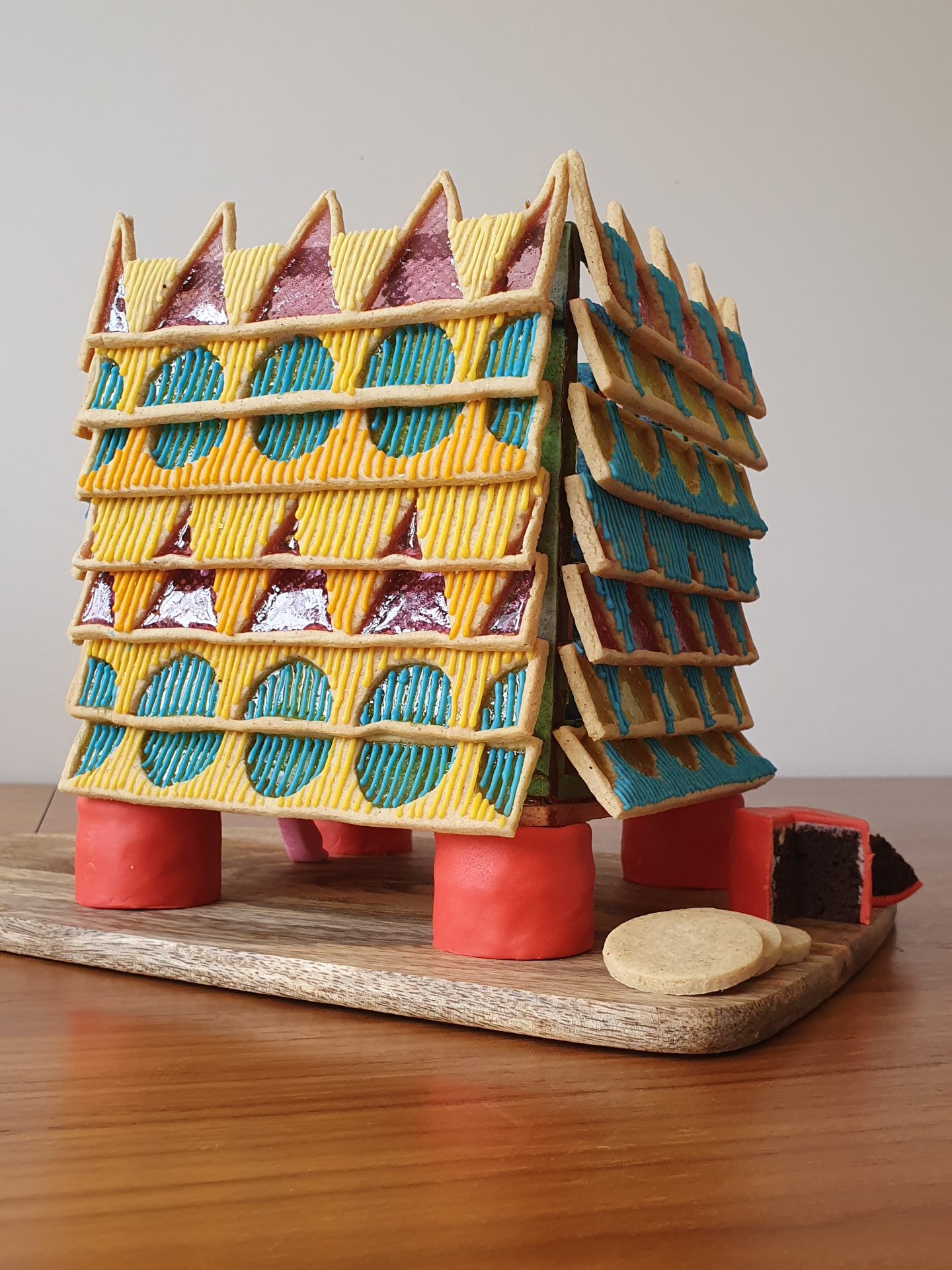 COMPETITION
|
COMPETITION
|
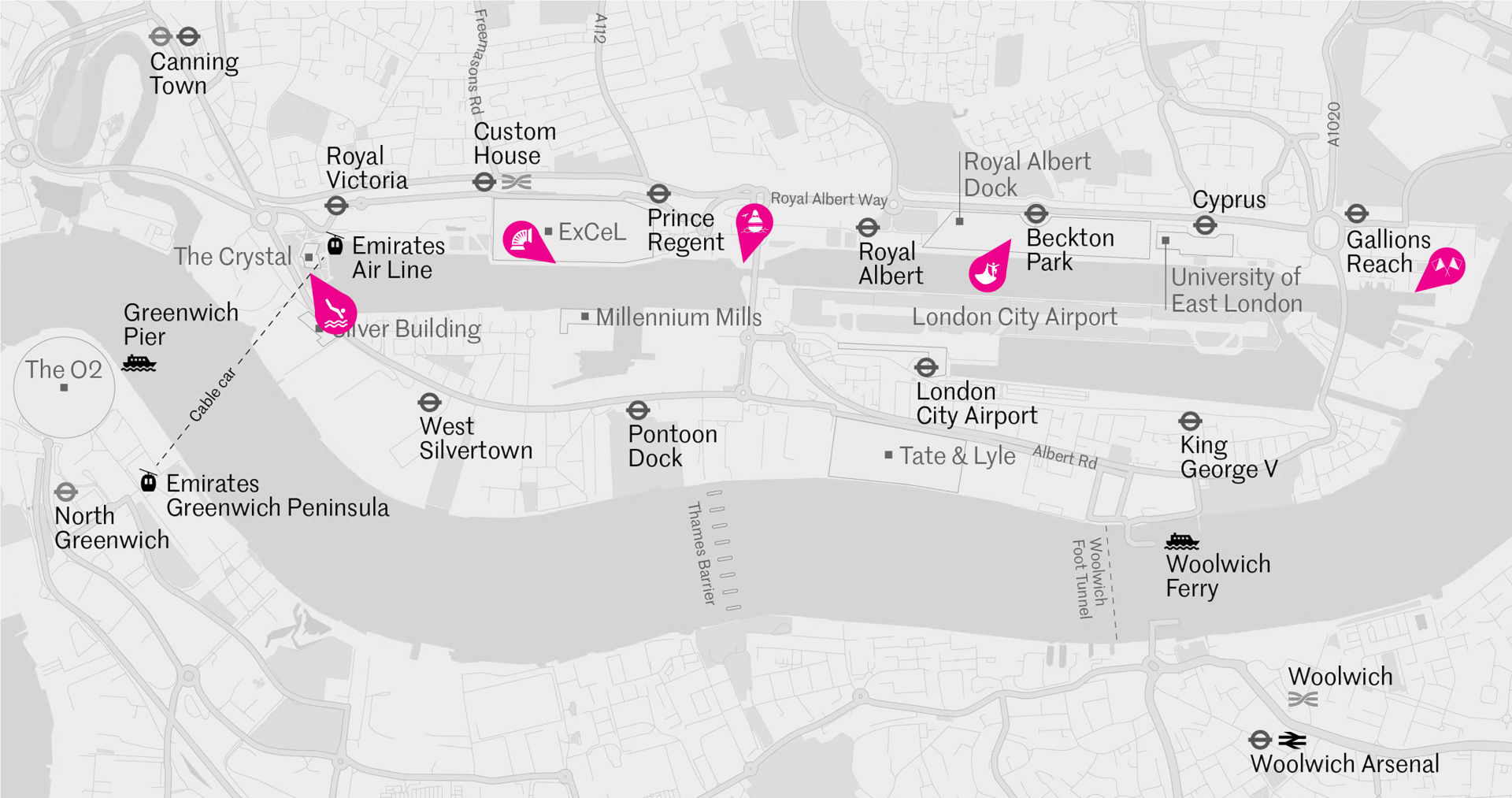 COMPETITION
|
COMPETITION
|
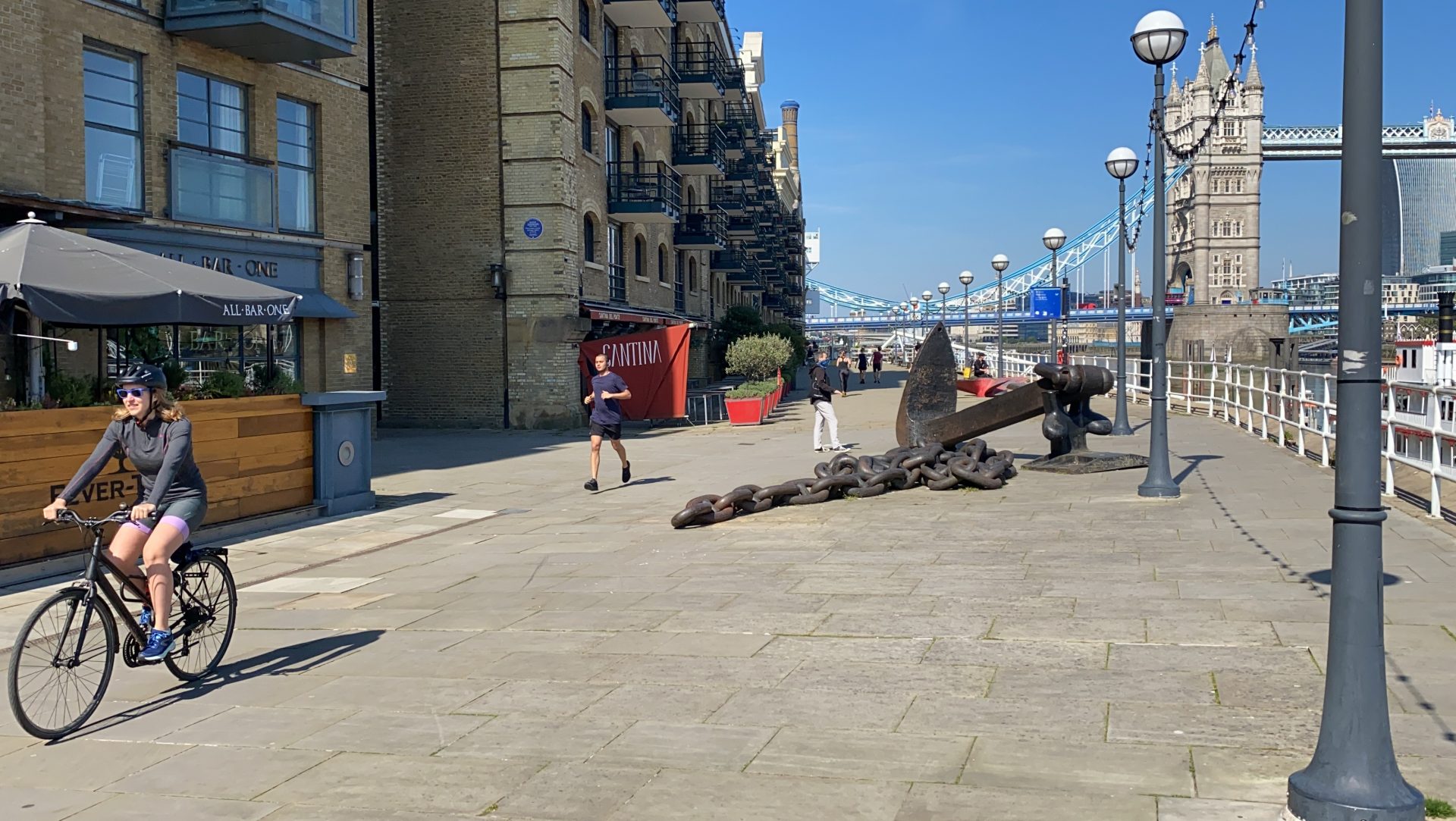 COMPETITION
|
COMPETITION
|
 NEWS
|
NEWS
|
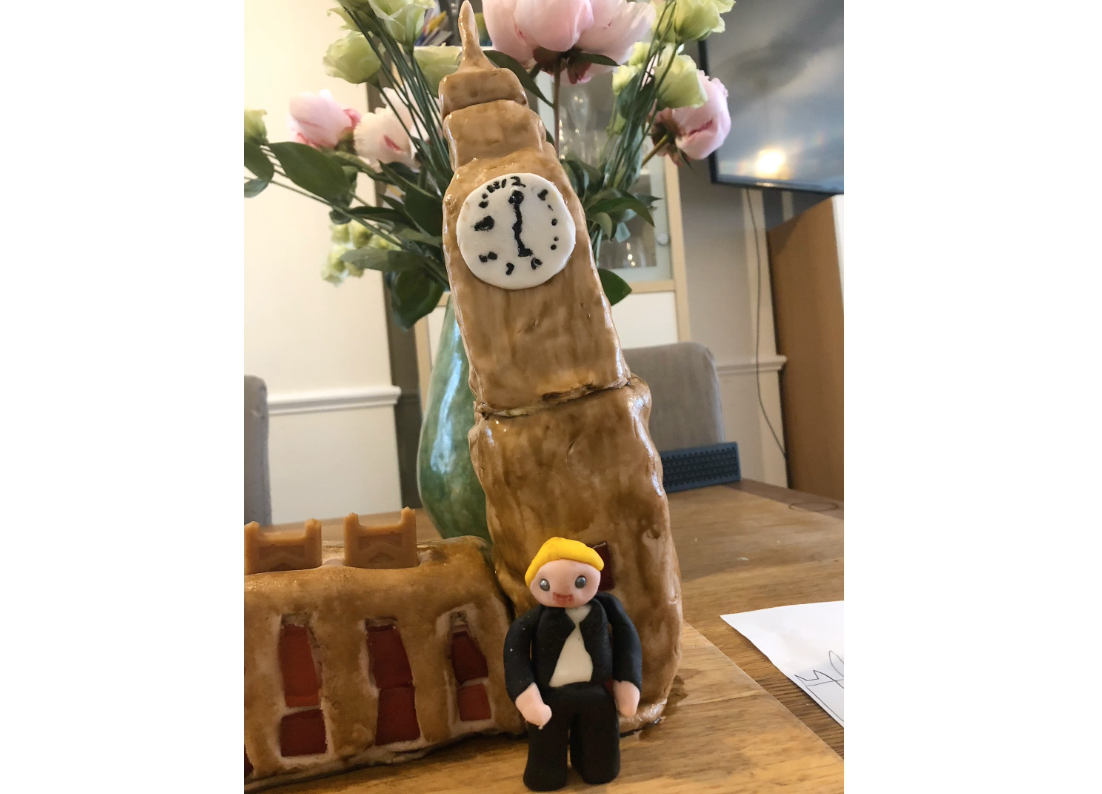 NEWS
|
NEWS
|